Hello from our team here at GCF with our latest Adopt-a-Giraffe update. This will be our last update in this shape and form, so stay tuned for some exciting news from our online adoption programme shortly!
How are you all doing?
What a crazy year! We hope you, your family, friends, and your entire community are well and somehow coping with these new challenges. Can you believe 2020 is almost coming to an end? This year has been full of worldwide trials and turmoil, but we have also seen amazing innovations, community spirits and people rising to new challenges.
During such difficult times, we can all do with some good news and we are happy to do our part by sharing this uplifting update with our Adopt-a-Giraffe community!
We are very happy to report that the giraffe population in Northwest Namibia continues to do well. While large parts of Namibia shut down over the past few months, our team had lots of fun in the field watching giraffe and they now have a few stories to tell. Northwest Namibia is one part of this world that has been minimally impacted by the global pandemic – except for a distinct lack of tourists. While this is sad on many levels – in particular for rural livelihoods – giraffe and other wildlife appear to just love taking a break …
So, while the world was locked down, our GCF team continued their regular conservation monitoring trips in Northwest Namibia and have spent even more time in the field than they normally would have – who would not agree that it is so much more fun to roam the vast landscapes of the Kunene Region in search of giraffe than being stuck in lockdown in Namibia’s capital Windhoek.

In addition, our team spent time travelling the entire country in a quest to collect DNA/skin samples from as many giraffe populations as possible. In July, the team headed to the south of Namibia to explore the Kalahari and Namib Deserts, and several private farms in between in search of giraffe and in August they headed to central and northern Namibia. DNA samples are collected by drop-out dart, so our team needs to be a good shot. While some days are easy and giraffe can easily be spotted, giraffe can be like the proverbial needle in a haystack – try finding a giraffe on a property of 200,000 hectares or almost 500,000 acres …
In Namibia giraffe can be found almost everywhere: in national parks, private game reserves, communal land and even some housing estates host giraffe and other wildlife. Just imagine the homeowners’ association meetings discussing giraffe …
Surveying giraffe throughout the country will help us answer many important questions about giraffe in Namibia: What is their distribution in the country – so where do they live and roam? How many giraffe are there? Are most of them really Angolan giraffe, a subspecies of the southern giraffe, or are there also South African giraffe or even hybrids? Over the last six months we have already collected over 200 samples and we will continue this sampling into 2021. This is a great project for a time when international travel is restricted, and it has been in the back of our minds for a long time. Eventually all samples will be sent to our lab partner in Germany for DNA analysis and the results will feed into our continent-wide giraffe taxonomy study that has shown that there are four distinct species of giraffe and not only one as previously assumed. We are looking forward to some preliminary results in 2021.

As you can see, we are all keeping busy. In July, we also equipped seven additional giraffe with ossi-units as part of our Africa-wide Twiga Tracker Initiative. These trackers were deployed in collaboration with the Namibia University of Science and Technology (NUST) as part of their multi species monitoring project in Etosha National Park and an adjacent private game reserve. We are now following 28 giraffe in Namibia remotely using innovative GPS satellite technology and we are learning a lot about their movements and how giraffe use their habitat.
While the use of technology is great, there is a lot of value in direct field observations and we learn so much more about giraffe during small encounters in the wild. Our team always returns from their field trips with many exciting stories to tell.
Giraffe don’t have a distinct birthing period and in Northwest Namibia we regularly see new calves throughout the year. We love watching them as they provide the cutest and most playful photo opportunities. Female giraffe often form groups with other mothers who have calves of a similar age. Moms and their newborns have very small ranges that increase gradually as the calves get older and these female groups often share some babysitting duties.
Earlier this year, we added two adorable new calves to our database, and we named them Hunter and Savannah. During our regular field trips, we always found both moms and calves together. We are very sad to report that Savannah’s mother died of unknown causes in August, leaving her 6-month old calf behind. But fear not! Hunter’s mum Grace stepped in as her auntie and we are now seeing the trio together and both calves are thriving. What great news and an amazing adaptation. Giraffe typically start sampling leaves at only a few weeks old and wean at 6-12 months. As there are minimal threats to these giraffe, so we are confident that both Hunter and Savanna have a bright future ahead of them!
Last month our team found themselves in the middle of a staring contest when they happened upon Windy and Baldy looking very intently at a hillside – where four lion stared back at them. While lion rarely go after adult giraffe, those two were right to keep a close eye on them. At over 22 years old, Windy has likely seen a lion or two in her time and didn’t seem too phased by the encounter. But she did take advantage of our vehicle to hide behind for a while. After what seemed like ages, both giraffe decided to move on and we are happy to report that we spotted them again a few days later – all well and healthy. Just another exciting encounter in the vast northwest of Namibia.
During a brief detour our team had lots of fun in Etosha National Park recently. The found lots of plants in full bloom and most animals thought they were very tasty. They also spotted a giraffe chewing on a bone. While this sounds weird as giraffe are herbivorous and only eat plants, this is a rather common behaviour in Etosha NP. It is called osteophagia and by chewing and sucking on bones, giraffe extract small quantities of minerals from the surface of these bones to supplement their diet and stay healthy. The bones are not swallowed and simply dropped when the giraffe have extracted the required nutrients (mainly phosphorus but most likely also calcium).
But what about our adopted giraffe? Windy was not the only member of our Adopt-a-Giraffe programme that we spotted recently. Read here what all your favourites have been up to lately.
Sightings
Coffee Bean
Coffee Bean had a long overdue reunion with Julian Fennessy, our GCF Co-Director, in August. You may remember that Coffee Bean is over 20 years old and was one of the original study animals in Julian’s PhD study. We were impressed that Julian hadn’t lost his touch and recognised Coffee Bean immediately in the field. Coffee Bean was just a young juvenile in 1999 when Julian first recorded and photographed him. Today, he is a dominate bull in the Hoanib River. While he has grown a lot, his spots and pattern are still the same. Both of them are a little bit greyer today – or as Julian would say ‘more mature’, but we know better. LoL.
Dobby
Dobby had another busy month and was spotted a couple of days in a row. He has really taken to the northern part of the survey area. At the end of a long day of giraffe-spotting we saw him in a group of nine males. The group of older subadults and large, mature adult bulls was sharing an evening snack and we could observe some socialising behaviour. The following day, we spotted him again not far away together with several of his same buddies, but this time a few females had joined the mix and brought their young calves along. We counted a total of 13 giraffe in the herd. Did you know that a herd of giraffe can also be called a tower? This seems like an obvious choice.
Eros
Eros surprised us when we found him much further upriver in a small tributary. We often see giraffe in this area, but it is more of a transit route than a hang out spot. It was unusual to see him so far from his normal home base and without his usual female companions. Maybe he was taking a chance on finding some new love.
Kaoko
Kaoko made a quick appearance in a large herd of 18 giraffe. She was doing her best to avoid our camera, but we managed to snap a picture of her as she rounded a tree to hide or maybe just to get to the fresh leaves on the other side… This particular herd had a nice mix of old and young giraffe of both sexes and they were all busy doing what giraffe do best – browse happily on leaves. A favourite of the giraffe in Northwest Namibia are Vachellia and Senegalia (formerly Acacia) and Ana trees (Faidherbia albida).
Kunene
Kunene gave our team the slip again this quarter. She might have travelled farther towards the coast or up in the hills adjacent to the rivers. She appears to be one of the females that have a larger home range, and this might be why we don’t always see her. One of our satellite-tagged females in the Northwest has a monthly home range of over 500 sqkm. No matter how long your legs are, that’s a lot of ground to cover each month!
Monkey
Monkey was back in the Hoarusib River and ignored all the social distancing rules as she moved between different giraffe in a large group. She was one of only few adults in the group, so she must have drawn the short straw for babysitting duty that day.
Windy
Windy also caught up with Julian during his trip. After her run in with the lion just the day before, far up the Mudorib River, a tributary of the Hoanib) River, Julian spotted her back in her usual favourite part of the river. She was not taking any chances and had travelled a fair distance over night. But lion can also travel far, so who knows – they might have been closer than we think. At 23+ years old Windy is still looking good and seems to enjoy life to the fullest.
Winky Wonk
Winky Wonk missed the invite to be photographed this quarter – again. We had high hopes as we had spotted him around this time last year. But no luck. Male giraffe often have very large home ranges as they move long distances in search for mating opportunities. With his bent ossicone, Winky Wonk is easy to spot so we’re sure not to miss him if he is in the area.
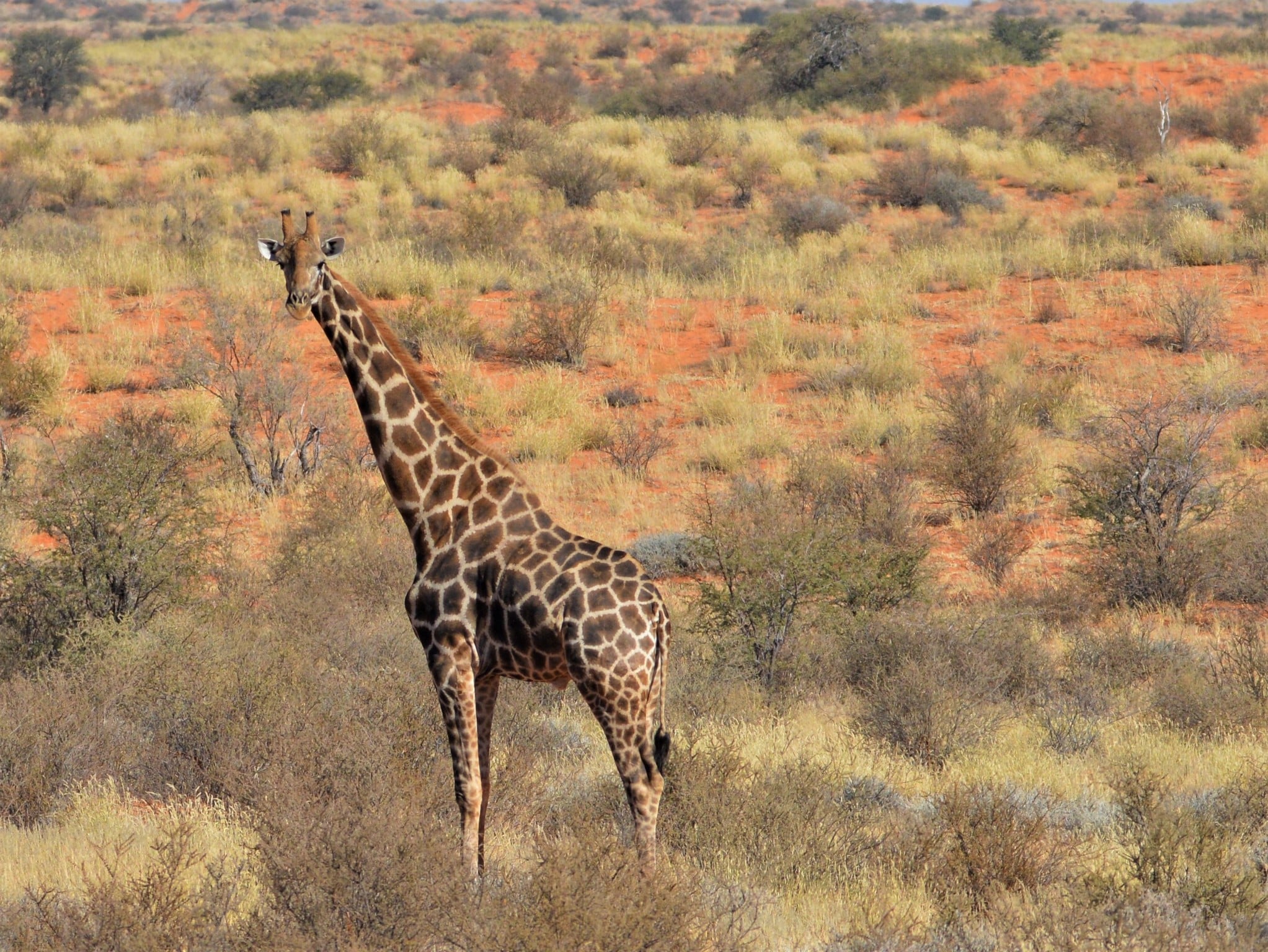
There are still a couple more survey trips planned for 2020 and we will be back to bring you more (positive) news about your Adopt-a-Giraffe family and all the giraffe in Namibia’s Northwest. Stay well and keep sticking your neck out for giraffe!
Thanks again for your support.
Get Involved, Stay Involved
Give
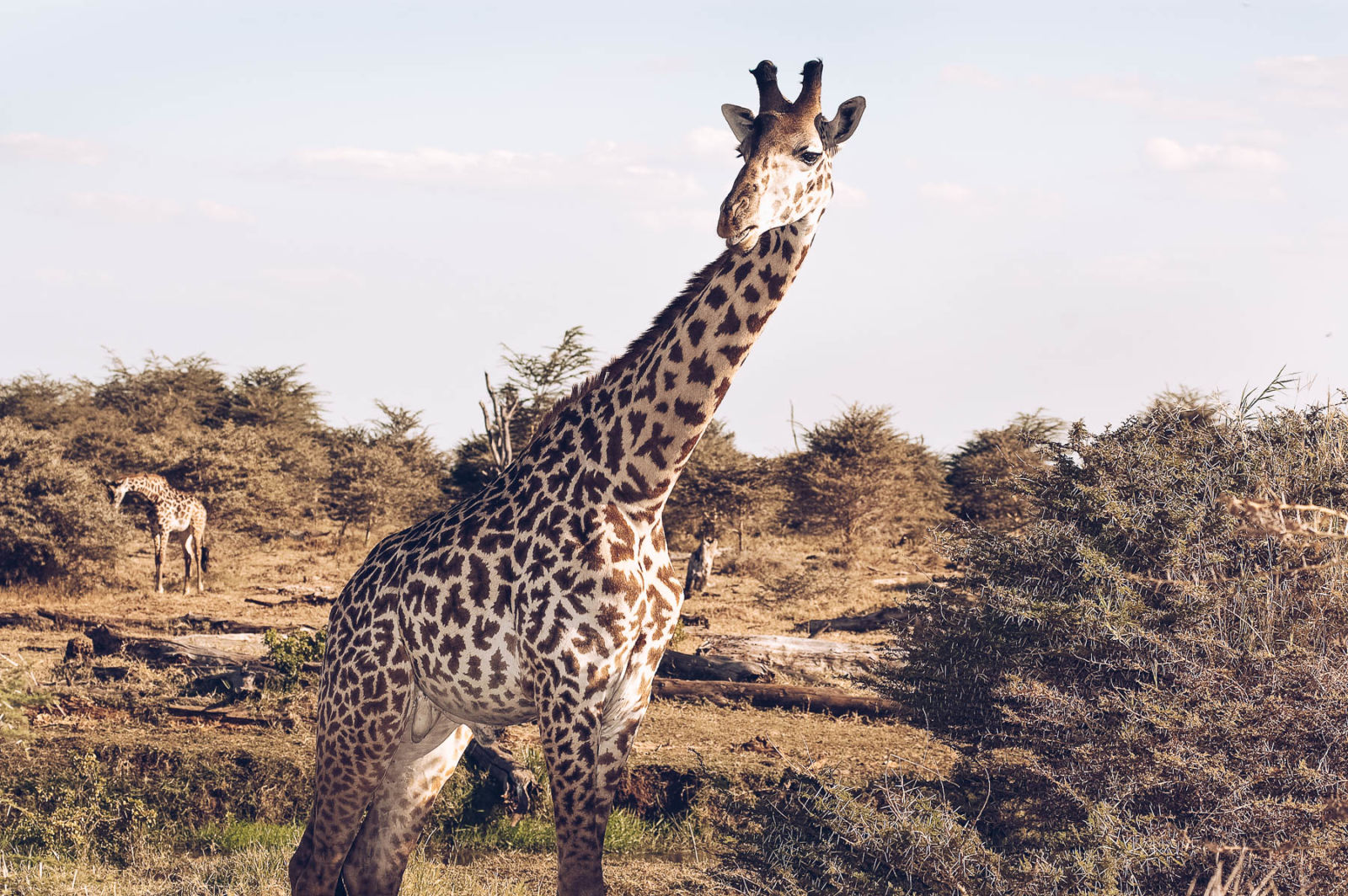
Donations are the bread-and-butter of our conservation work.
Your donations directly contribute to our ability to ensure a sustainable future for giraffe in Africa.
Adopt
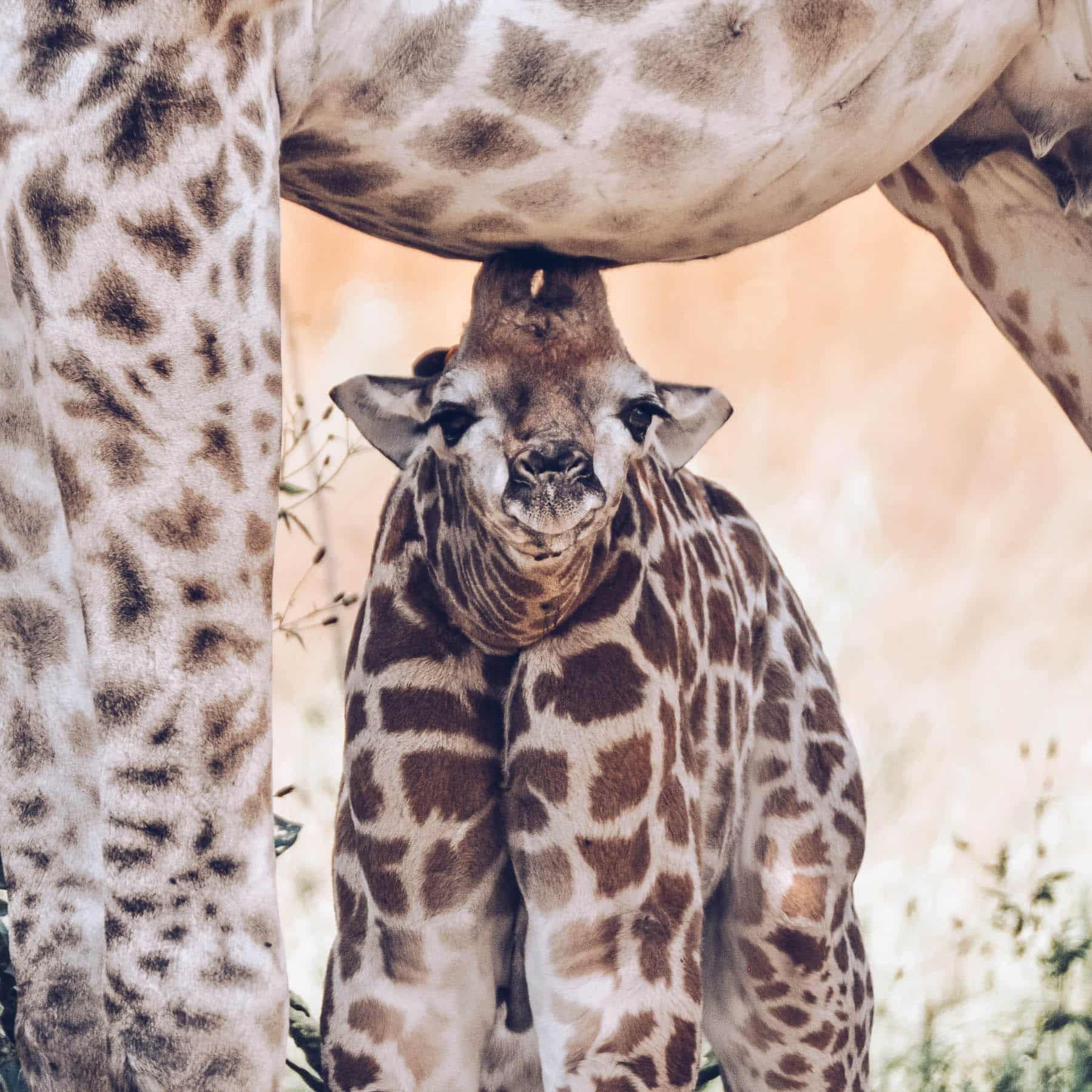
Giraffe Adoptions give you a personal connection to GCF’s work.
Much like donations, adoptions directly fund our conservation work.
Spread the Word
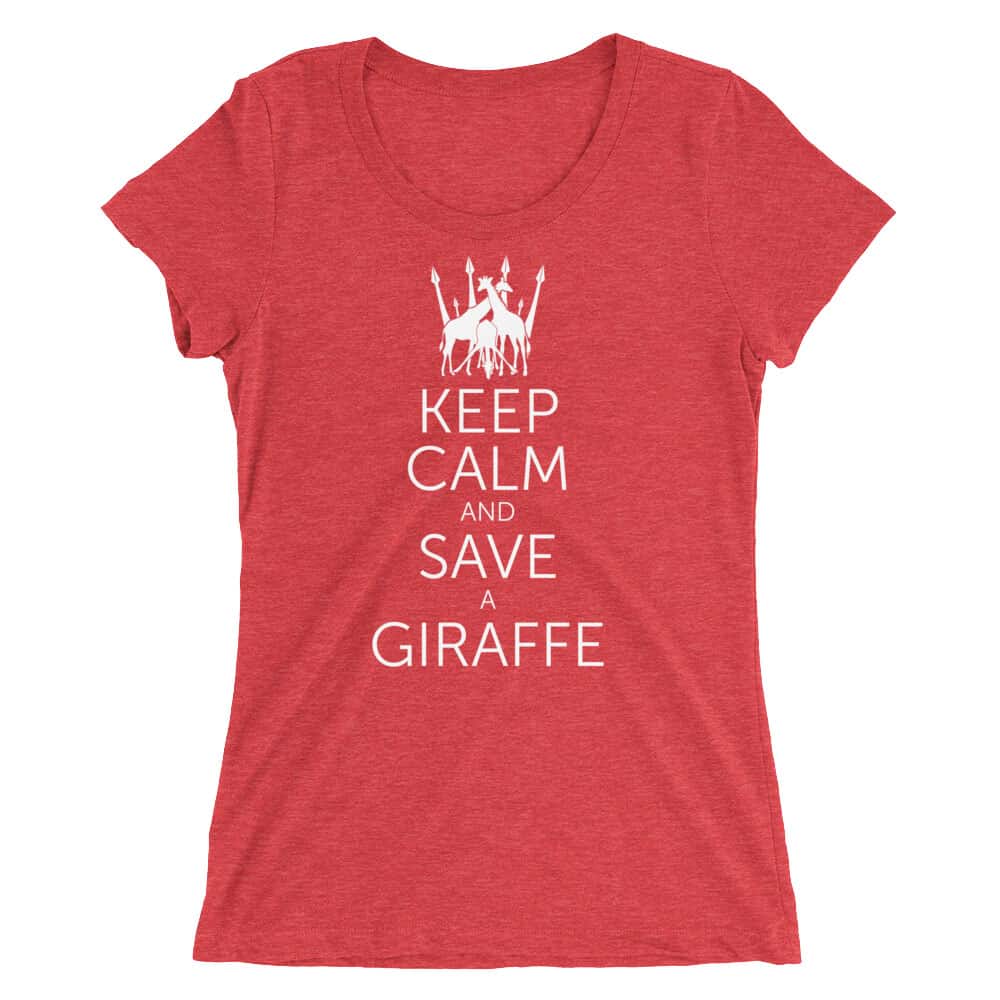
Wear our official apparel to support our work, and our message.
By buying official GCF gear, you’re supporting our work in two ways:
- You are literally wearing the message to help spread the word about giraffe endangerment.
- Funds from each purchase directly support our conservation work in Africa.

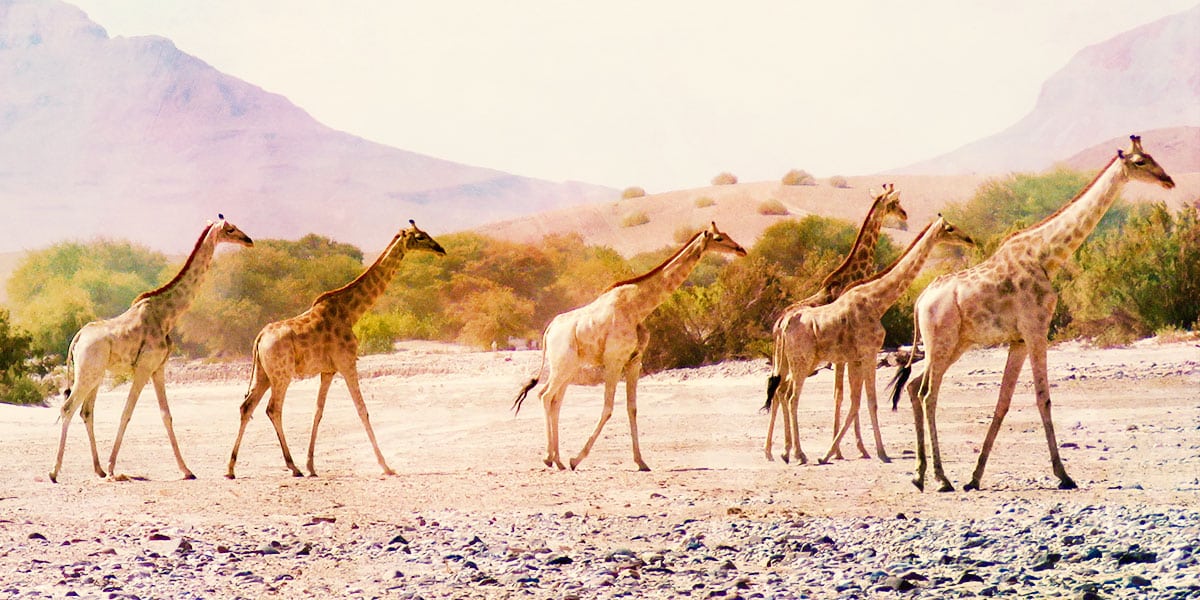
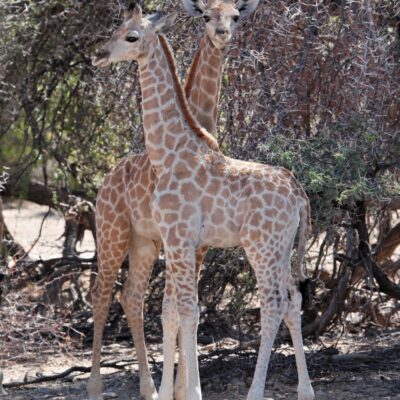
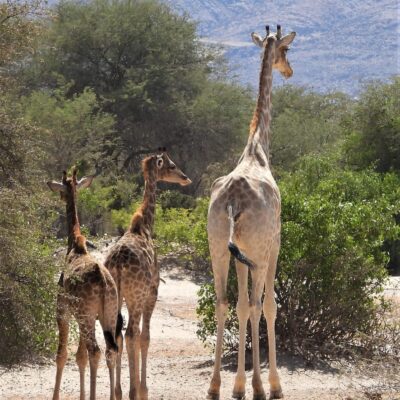

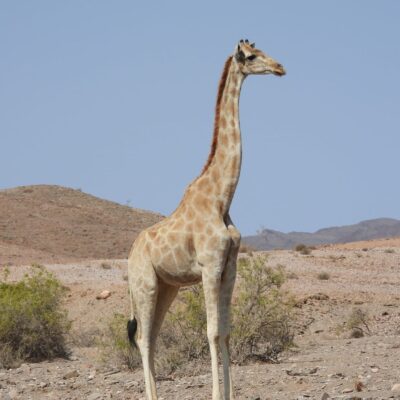
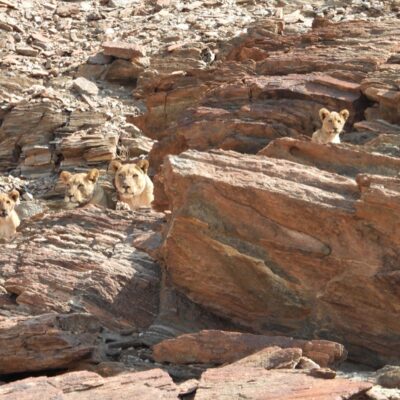
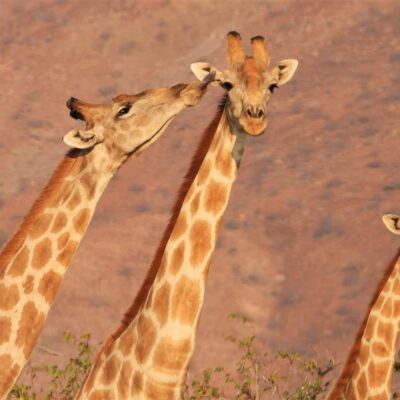
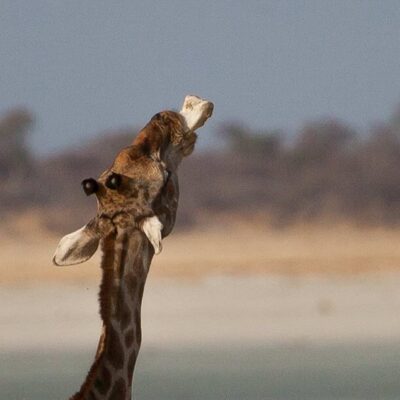
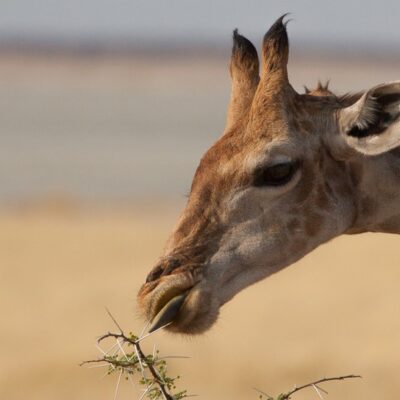
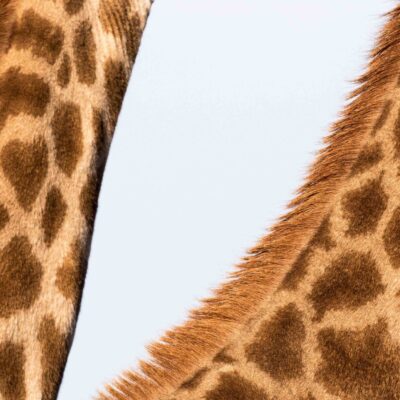
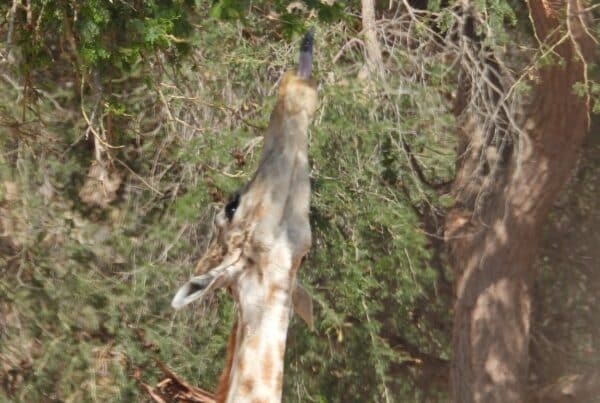

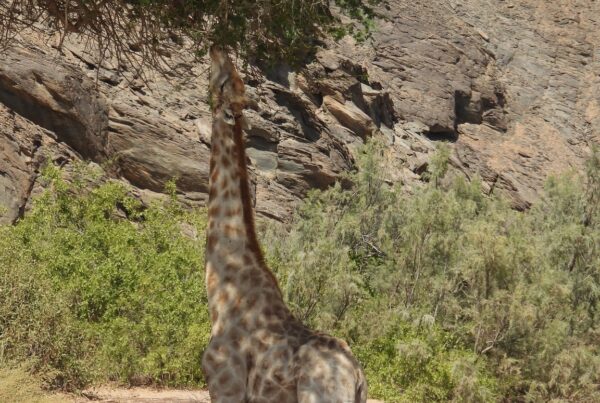



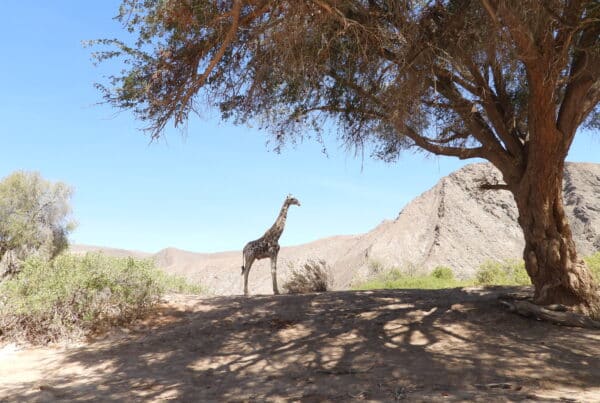
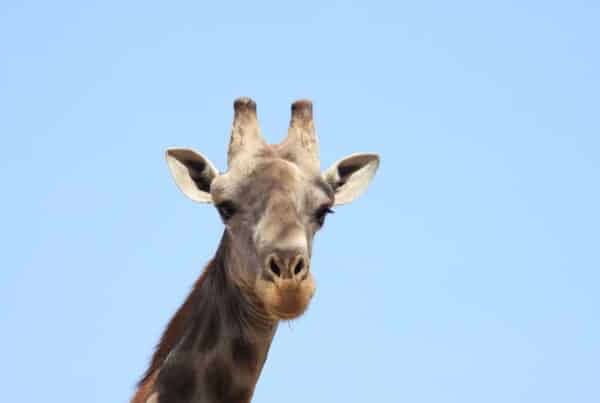



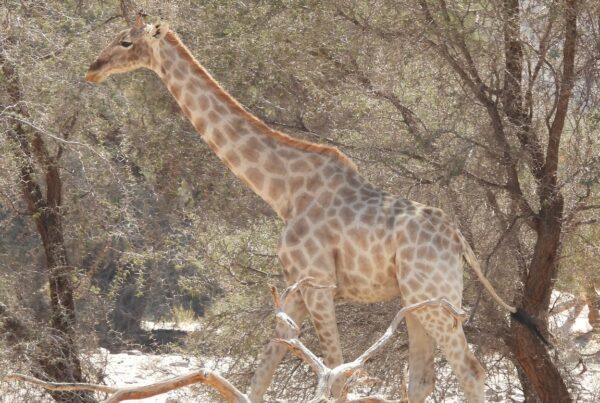
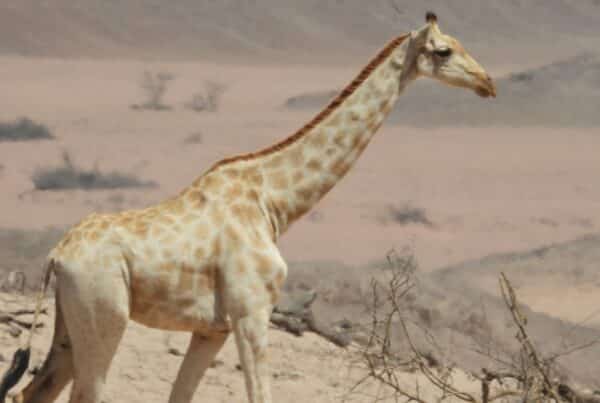
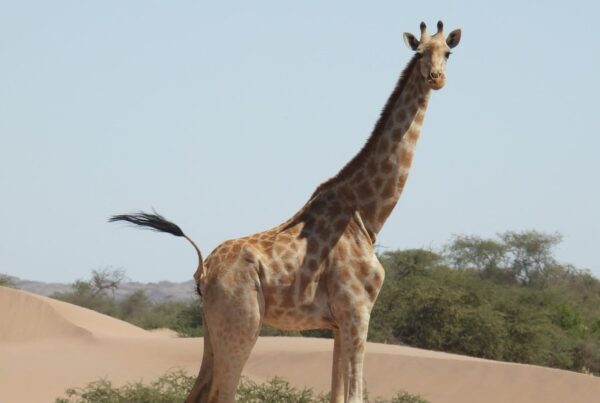




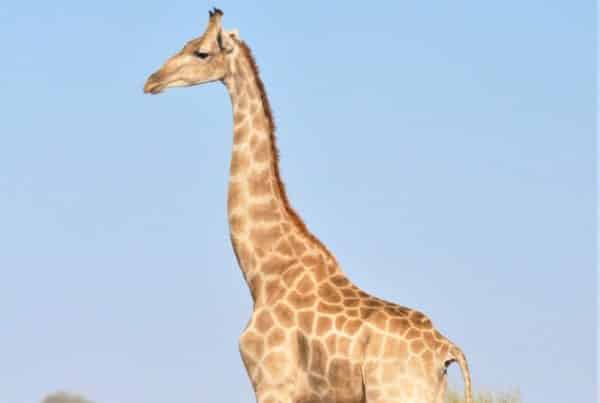


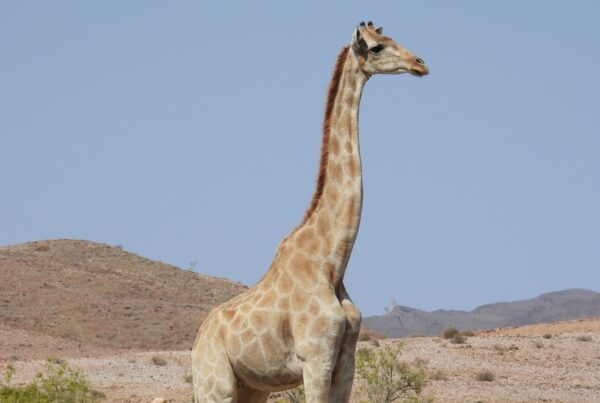


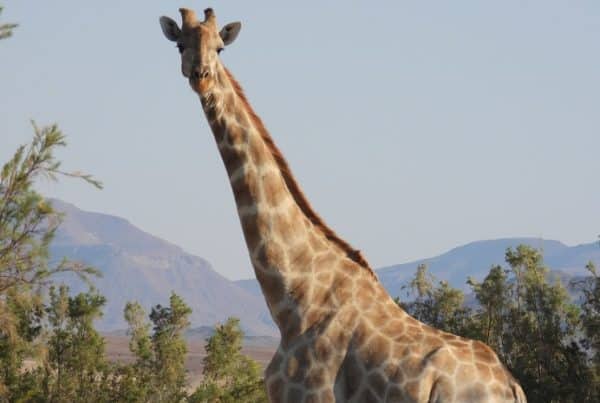
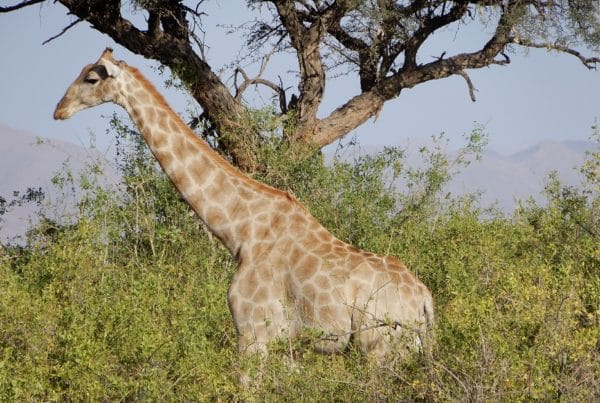
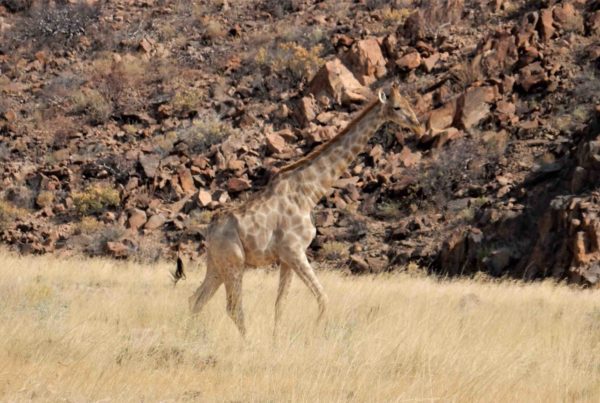
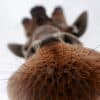
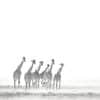


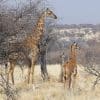

Hi,
So excited to see this!
As it was a gift, I was wondering, as a bronze donor, how can I receive a certificate of donation?
How do I choose the giraffe?
So proud of you!
Best regards,
Bojana